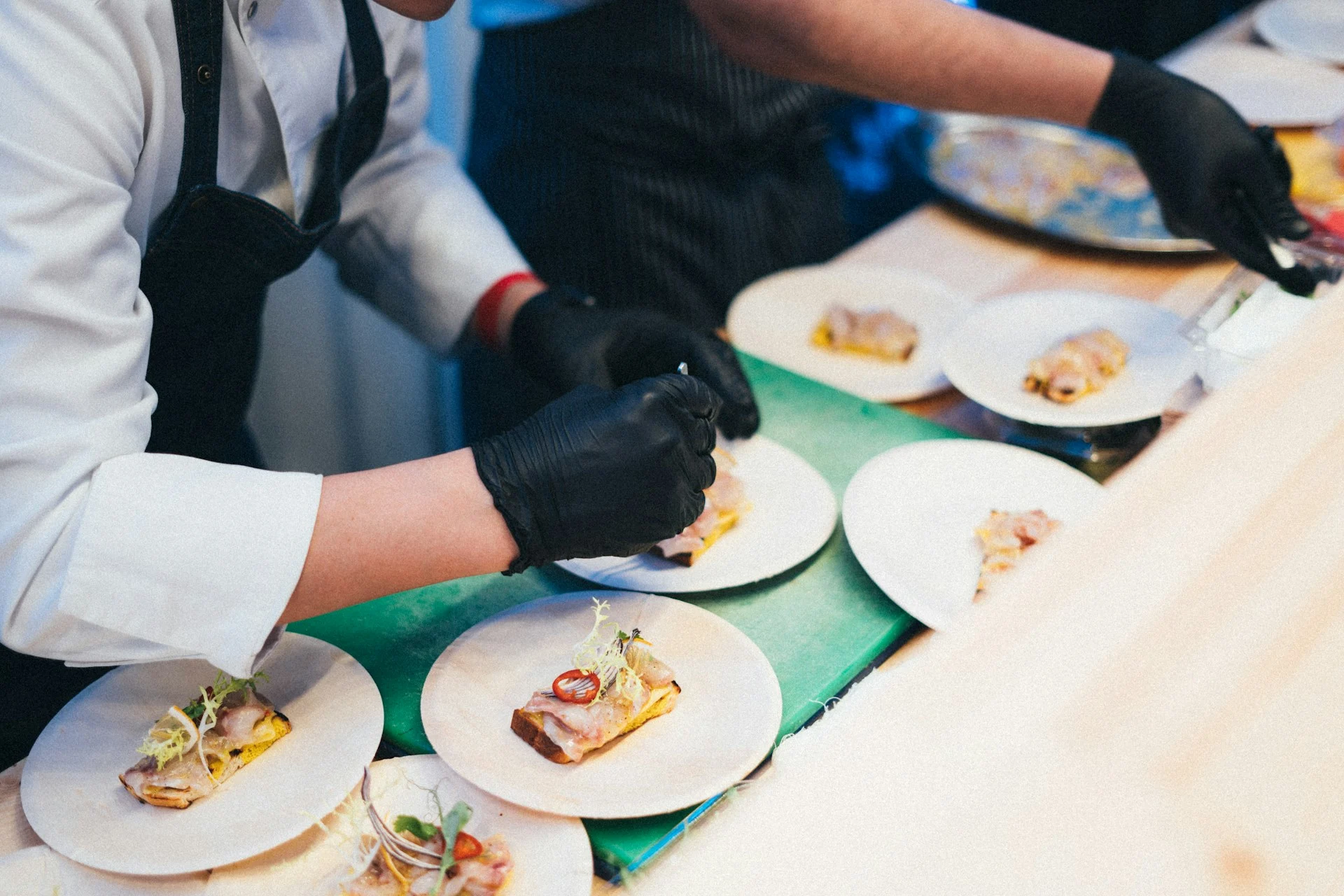
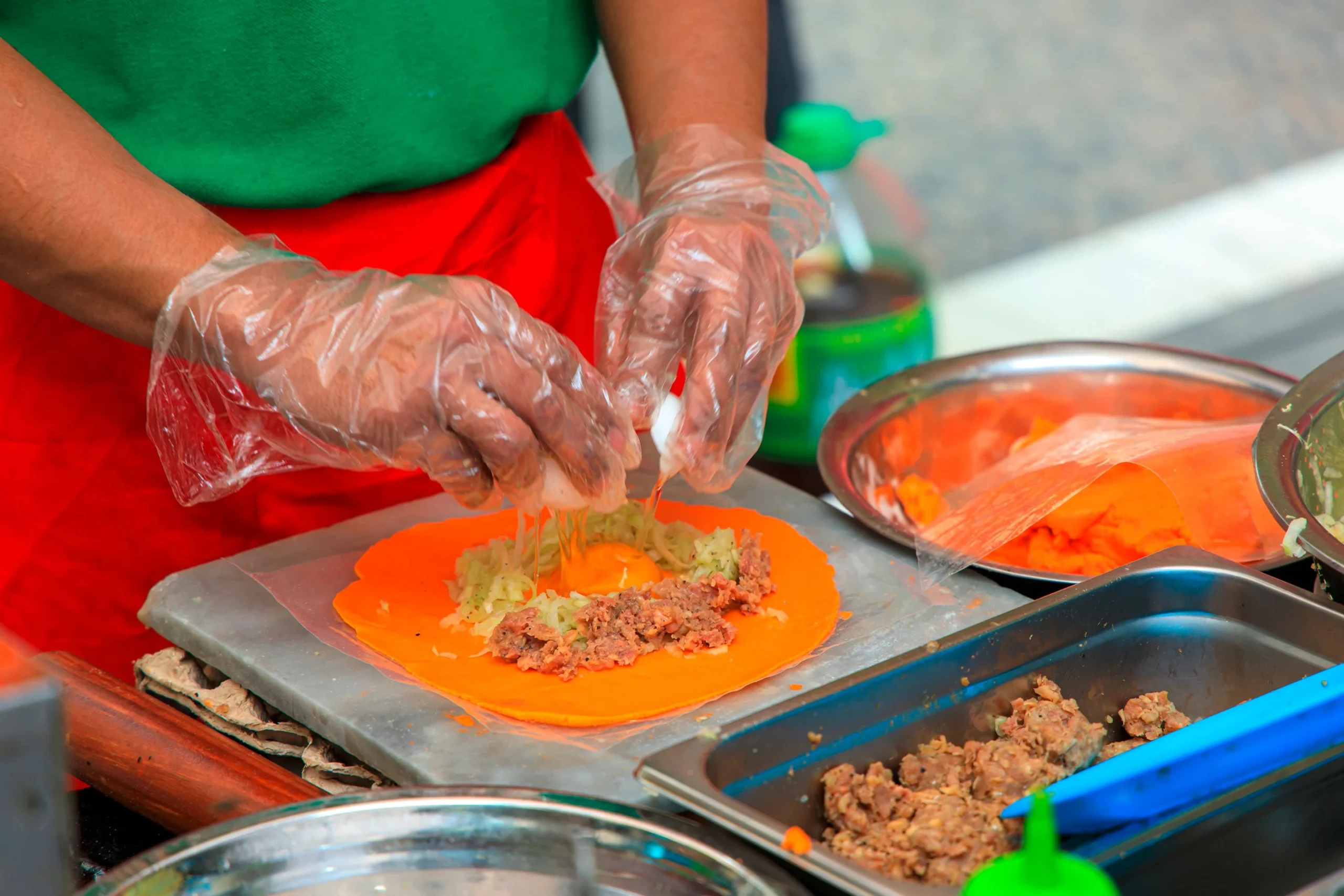


The northern region of Ilocos is shaped by dramatic coastlines, windswept plains, and rich agricultural lands. This geography, along with centuries of Spanish influence and indigenous traditions, gave birth to dishes that are bold, rustic, and straightforward. Salt, vinegar, garlic, and local greens play key roles, celebrating freshness and preserving ingredients in the old ways. Ilocanos are known for their love of simple yet intensely flavorful food. The cuisine reflects the people’s practical lifestyle, using every part of the harvest and making meals that are humble yet deeply satisfying.
Signature Dishes:
Food Inspiration: Ilocos cuisine is steeped in resilience and ingenuity. From its perfectly preserved meats to vegetable-focused dishes, every meal celebrates heritage and resourcefulness, making the most of what the land offers in the most delicious way.

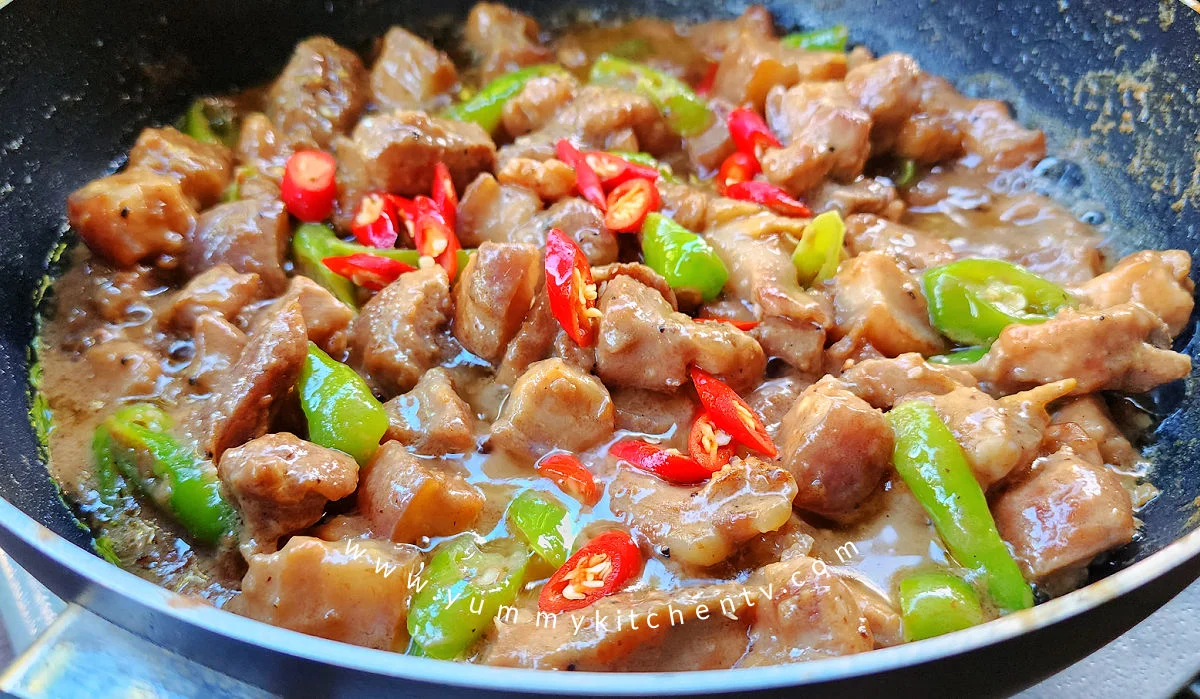

Surrounded by volcanoes, rich farmlands, and coastal waters, Bicol is blessed with ingredients nurtured by nature. Coconut trees flourish abundantly, offering the creamy milk that defines many of its signature dishes. Chilies, grown in backyard gardens and small-scale farms, bring the region’s renowned heat. Fresh seafood, harvested daily from nearby shores, adds a touch of ocean freshness. Bicolano cuisine is a reflection of both the landscape and the people. Bold yet comforting, simple yet layered with complexity. While known for its love of spice, its dishes are not merely fiery. They are balanced with richness and texture, making them memorable and deeply satisfying. Local communities have long embraced sustainable practices. Coconut husks are repurposed, small-scale fishing remains a way of life, and most dishes are made using seasonal ingredients. This reduces waste and preserves resources naturally.
Signature Dishes:
Food Inspiration: Bicol’s dishes are honest and fearless, offering comfort and intensity. They are stories of home-cooked meals shared under nipa huts while the aroma of coconut and spice fill the air.



Pampanga is situated in the central plains of Luzon and is home to fertile lands that yield a bounty of rice, vegetables, and livestock. Known as the Culinary Capital of the Philippines, the region’s rich history and cultural diversity are evident in every recipe. The Kapampangans are meticulous cooks who are deeply respectful of traditions. Their kitchens have preserved recipes dating back centuries. These recipes often blend native ingenuity with influences from Spanish, Malay, and Chinese cuisines. Ingredients like peanuts, fresh vegetables, and locally raised pork are staples here. These are crafted into elegant and hearty dishes. Family-run farms and backyard gardens continue to supply fresh produce, supporting local livelihoods. While modernization has touched the province, many households still honor age-old cooking methods such as slow simmering and charcoal grilling. This reduces reliance on processed or imported ingredients. Pampanga’s culinary legacy is found not only in its flavors but also in its dedication to preserving cooking traditions and supporting its farming communities.
Signature Dishes:
Food Inspiration: Pampanga’s cuisine is festive yet intimate. Every dish is treated as a masterpiece, served with the intent to bring families and communities together in gratitude and joy.
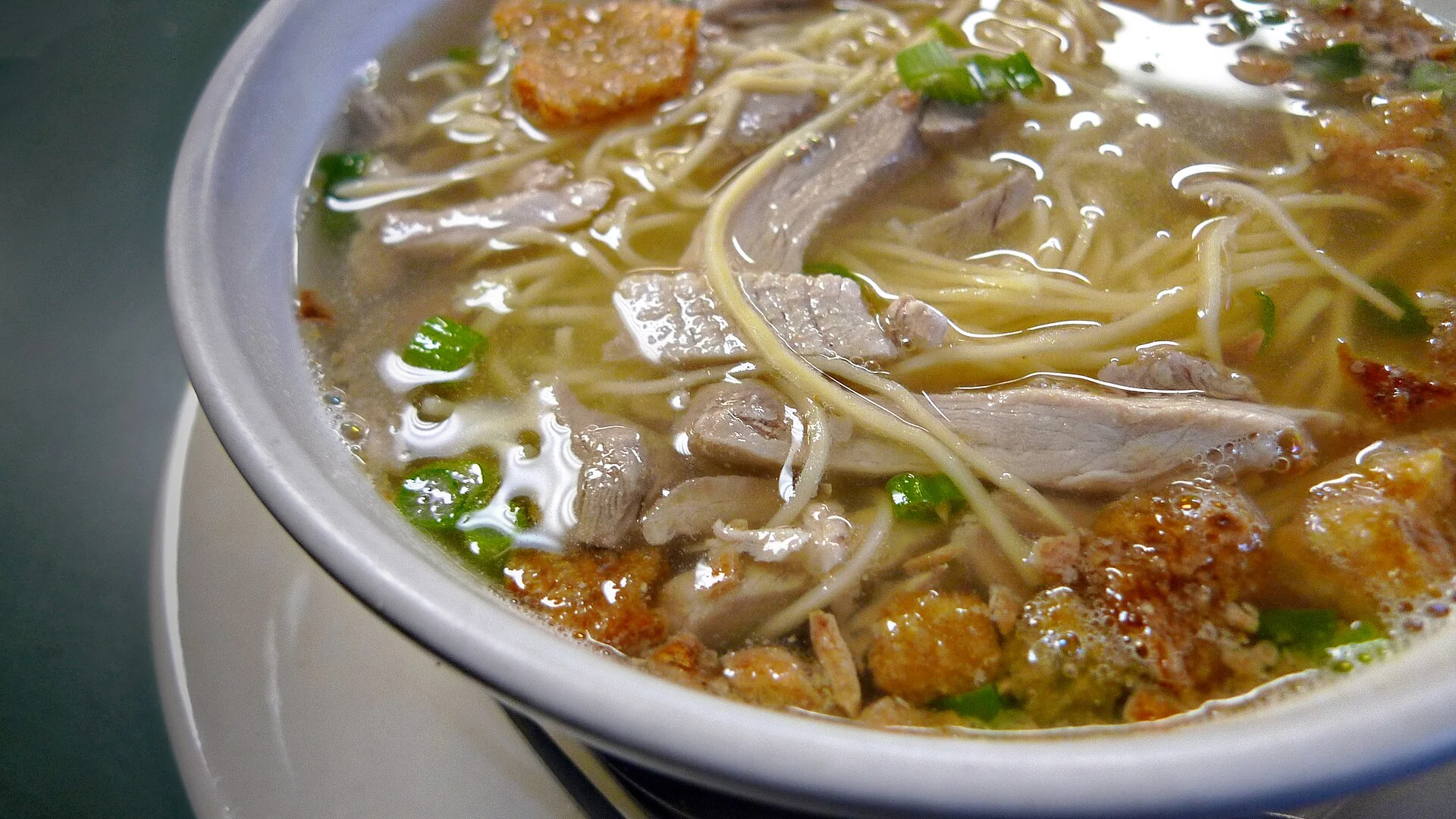

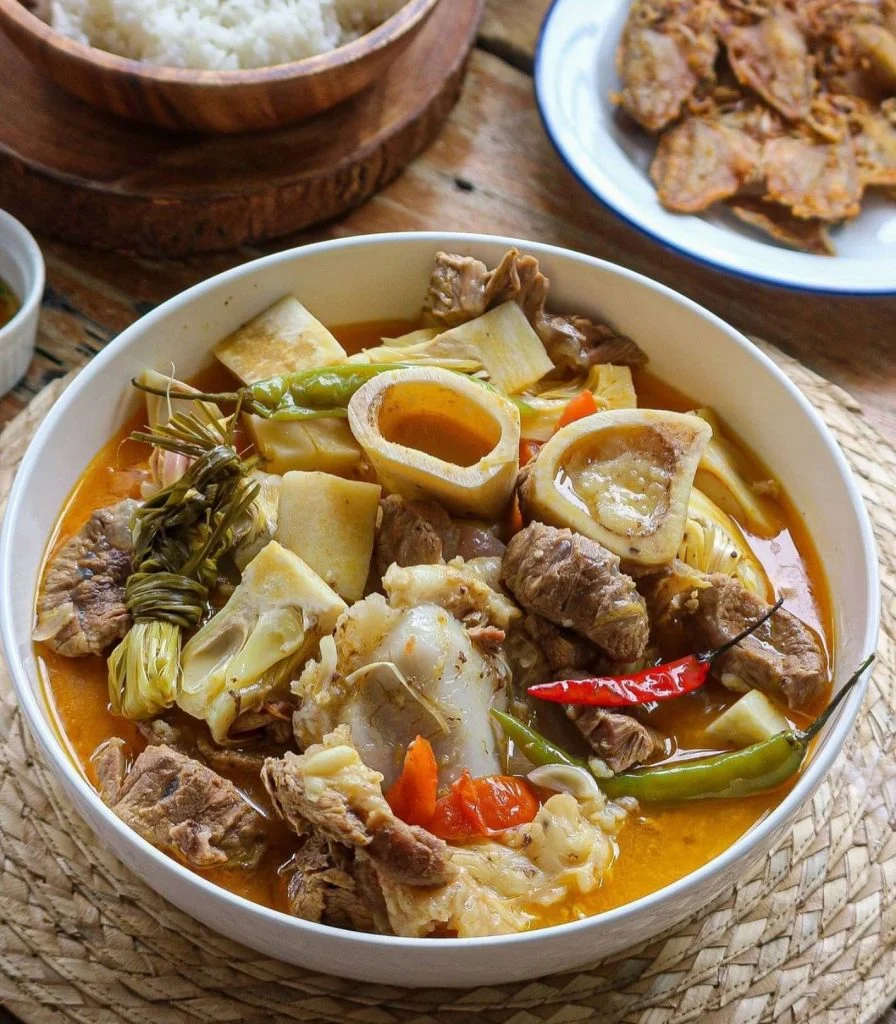
Nestled along Panay Island’s coastline and riverbanks, Iloilo enjoys an abundance of fresh seafood, organic vegetables, and tropical fruits. Its cuisine reflects Visayan warmth. It is approachable, nurturing, and always served with genuine hospitality. Soups and stews define Ilonggo cooking. Using locally grown garlic, onions, and native herbs, dishes are slow-cooked to coax out deep and comforting flavors. Fresh catches from Iloilo’s fishing villages arrive daily in local markets. These ensure that dishes remain true to their origins. Sustainability is naturally woven into the way people cook here. Nose-to-tail cooking, seasonal produce, and communal dining are part of daily life. These practices minimize waste and celebrate what the land and sea offer. Meals in Iloilo are often shared with family and neighbors. They emphasize togetherness and simplicity where every dish feels like a warm embrace.
Signature Dishes:
Food Inspiration: In Iloilo, food is served with kindness. Meals are simple yet deeply flavorful, making guests and locals alike feel at home.

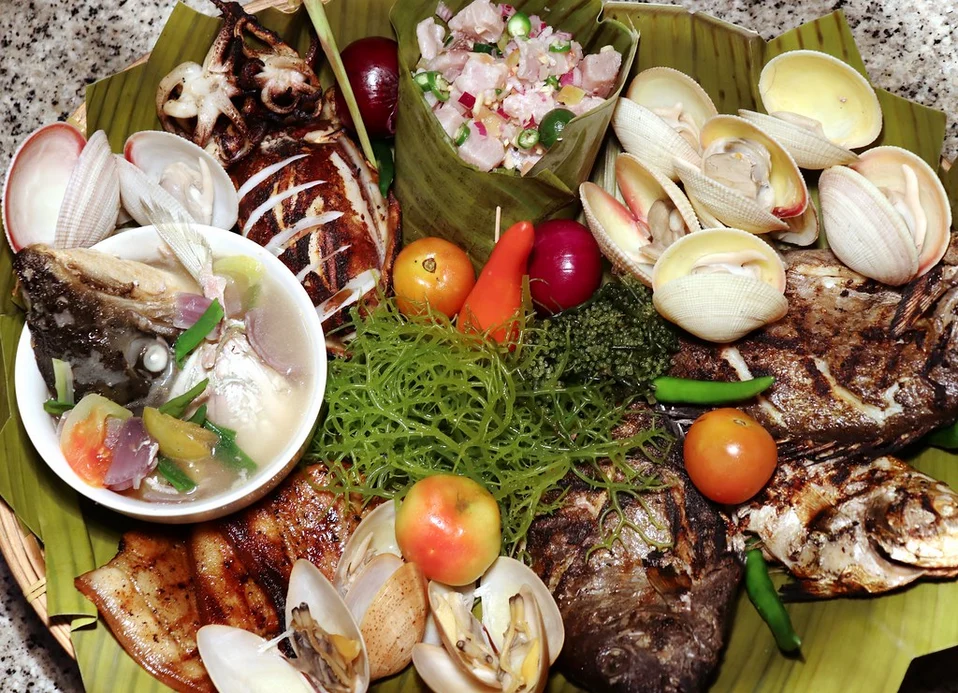

Cebu boasts both sea and mountains, creating a rich source of ingredients. Fisherfolk bring in the daily catch while upland farmers harvest native herbs, vegetables, and fruits. Coconut, banana, and sugarcane plantations are part of the landscape. All of these contribute to Cebu’s vibrant culinary offerings. Cebu’s food culture is festive and robust. Grilling, roasting, and sharing are at the core of its traditions. Lechon Cebu is prepared in open-air pits using natural wood charcoal. This imparts a distinct aroma and flavor. Sutukil showcases the freshness of seafood. It is served grilled, in soups, or as ceviche just moments after being caught. The island’s love for communal eating continues to promote sustainable practices. Locally sourced ingredients, minimal processing, and traditional cooking methods are still the norm. This reduces the need for heavy packaging or imported goods. Cebuano cuisine captures the spirit of gathering. It celebrates life’s milestones and everyday joys alike. Every dish is shared and savored together.
Signature Dishes:
Food Inspiration: Cebu’s cuisine is about togetherness. From grand fiestas to casual seaside meals, every dish celebrates life’s joys, big or small.